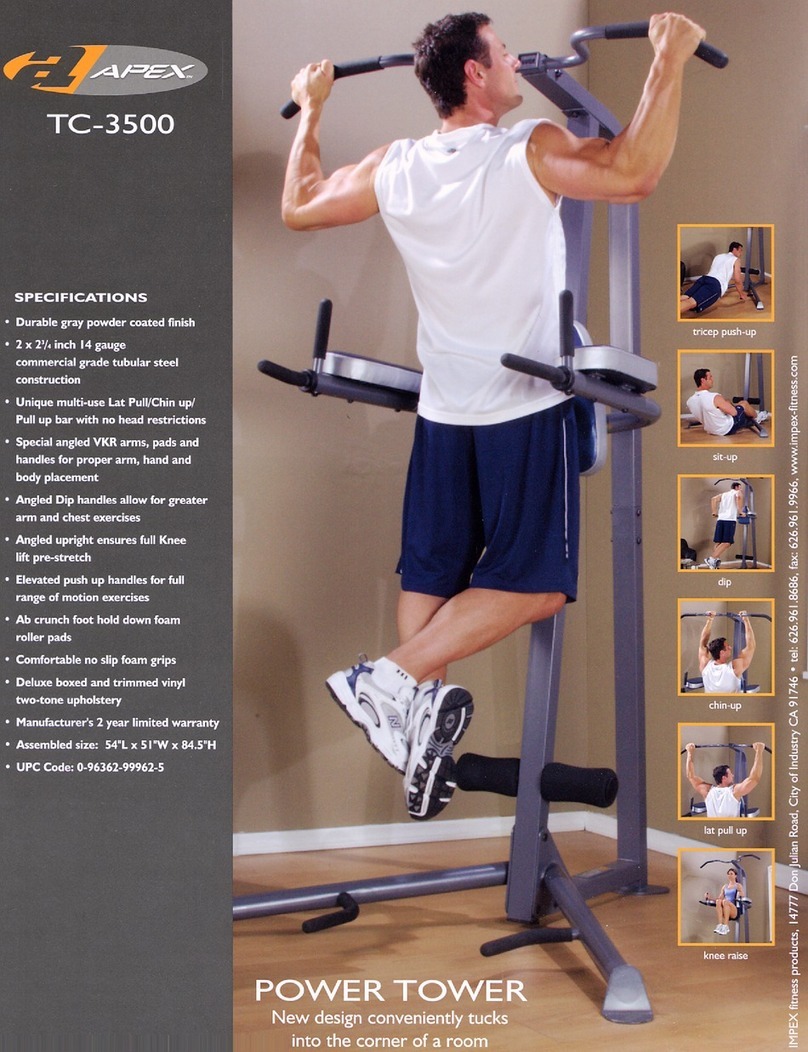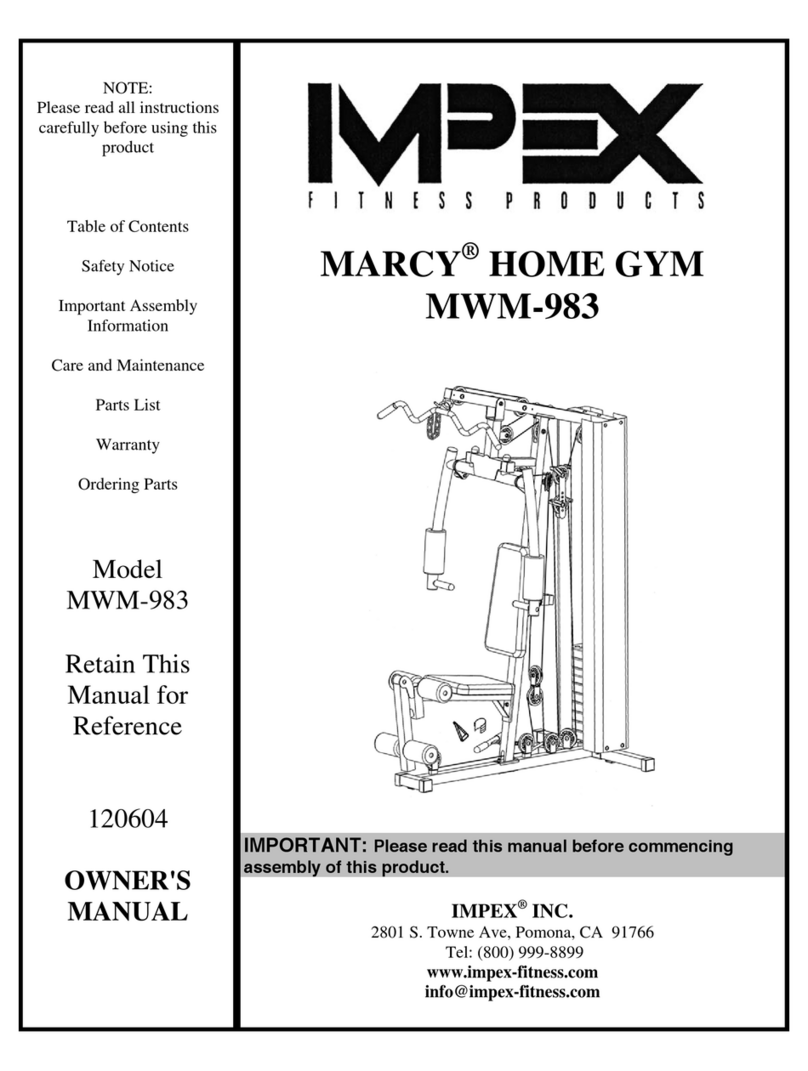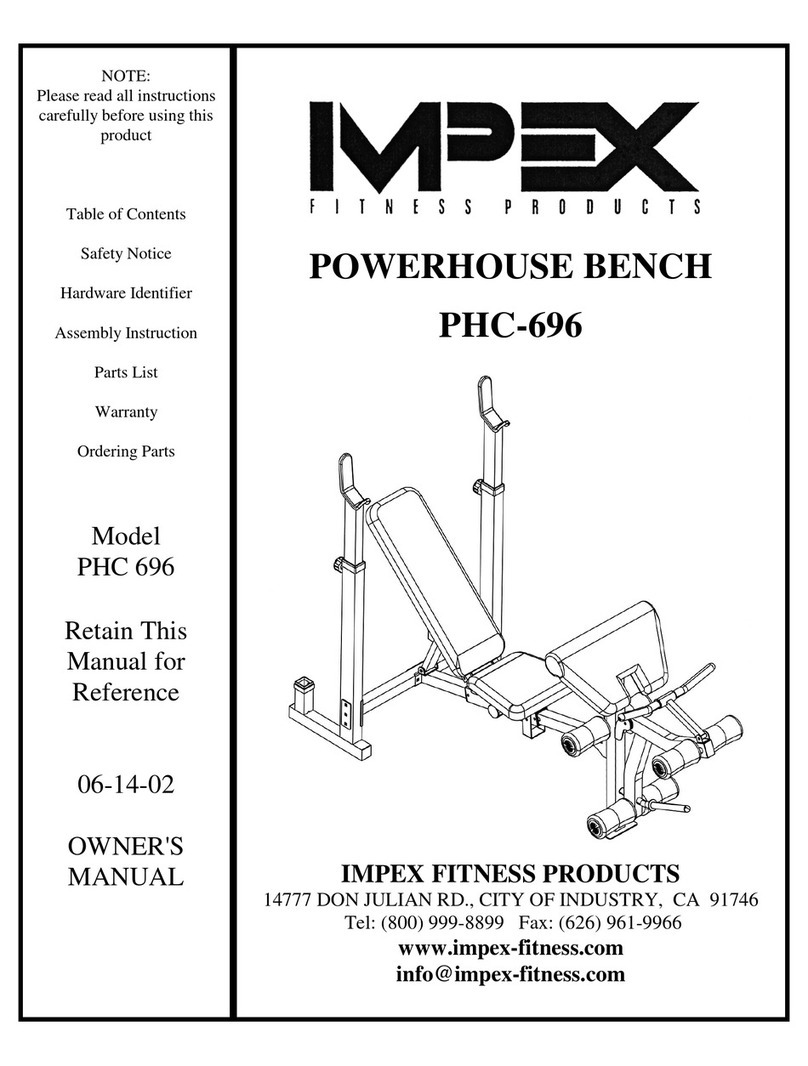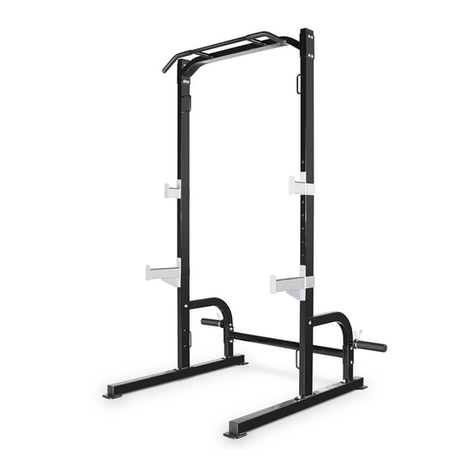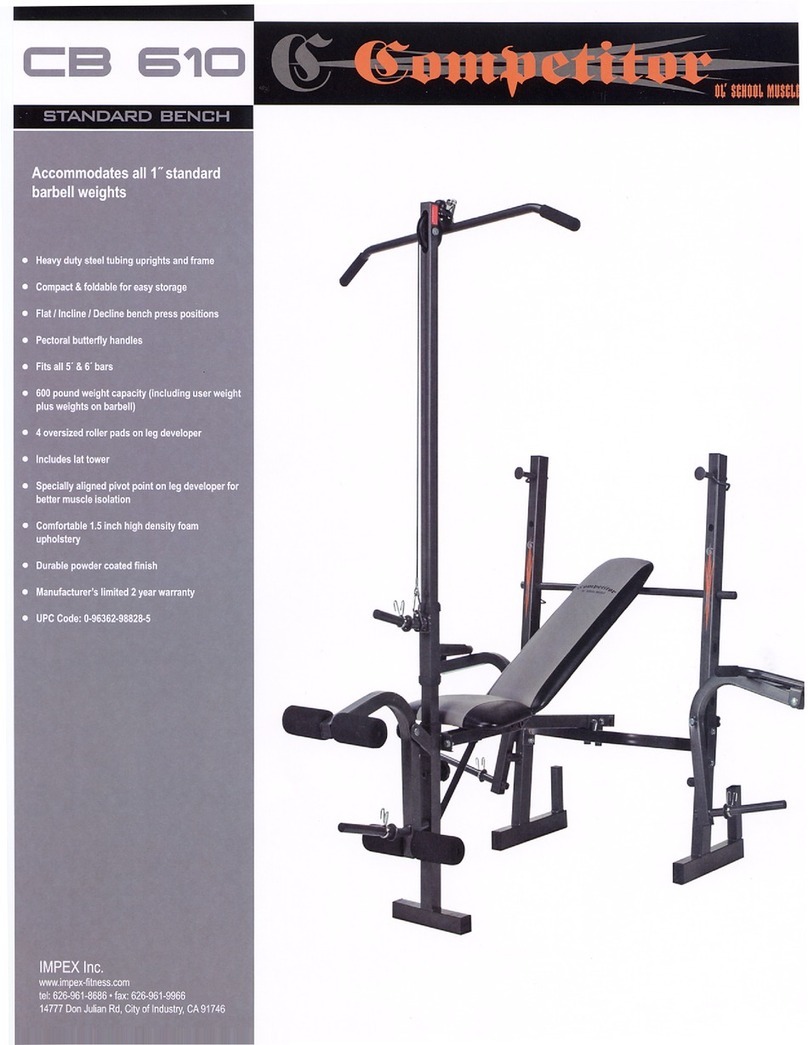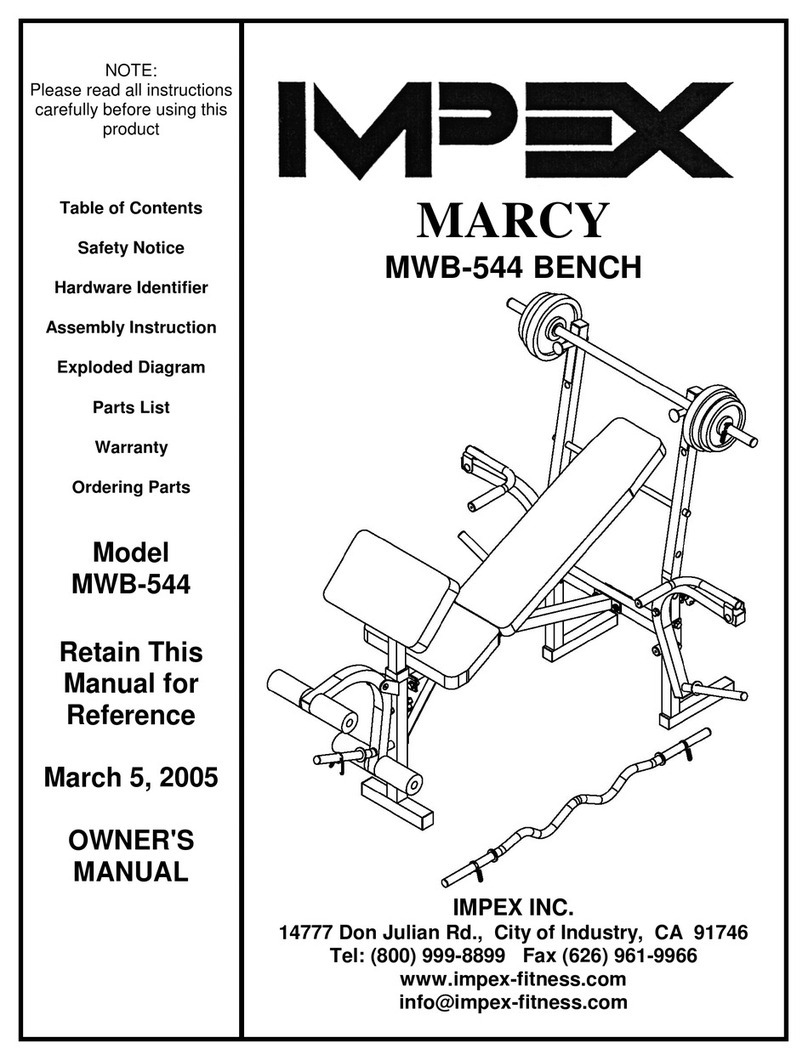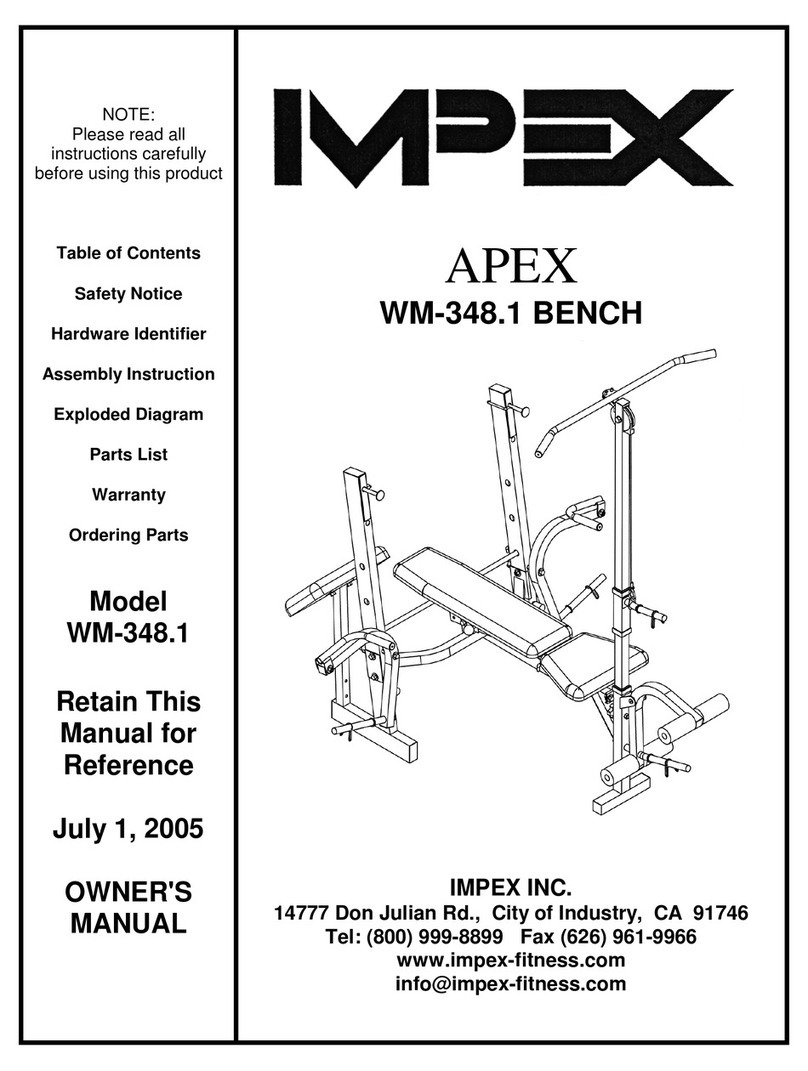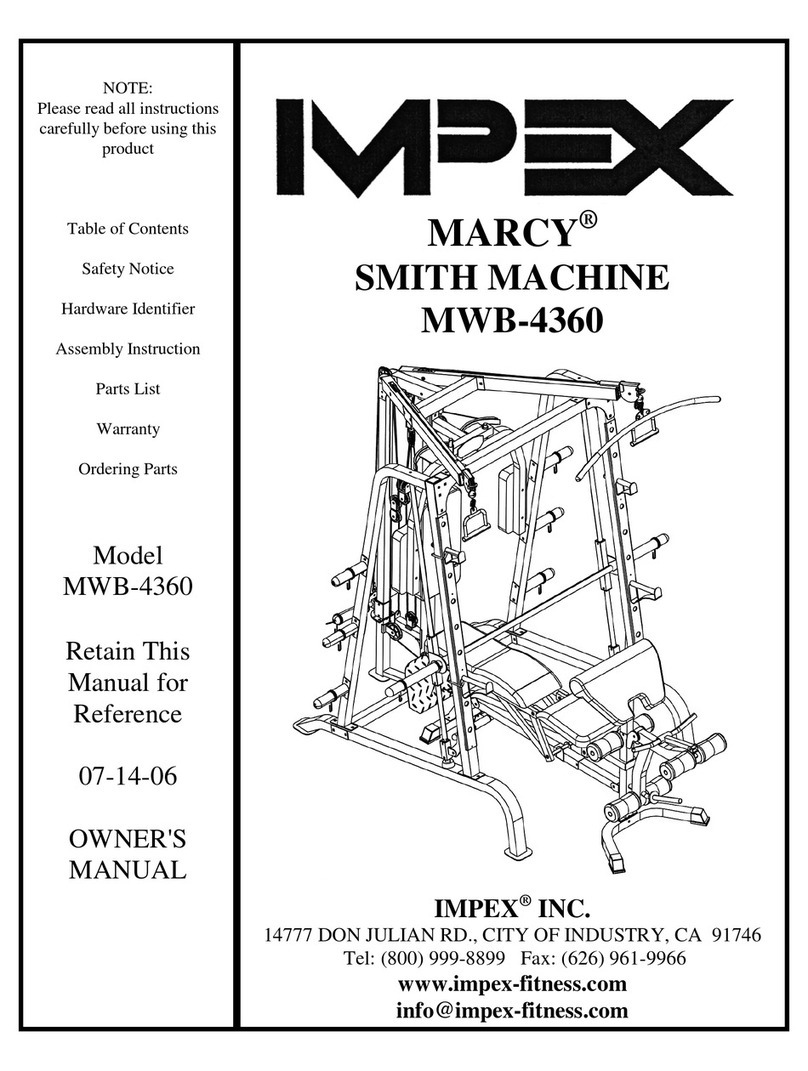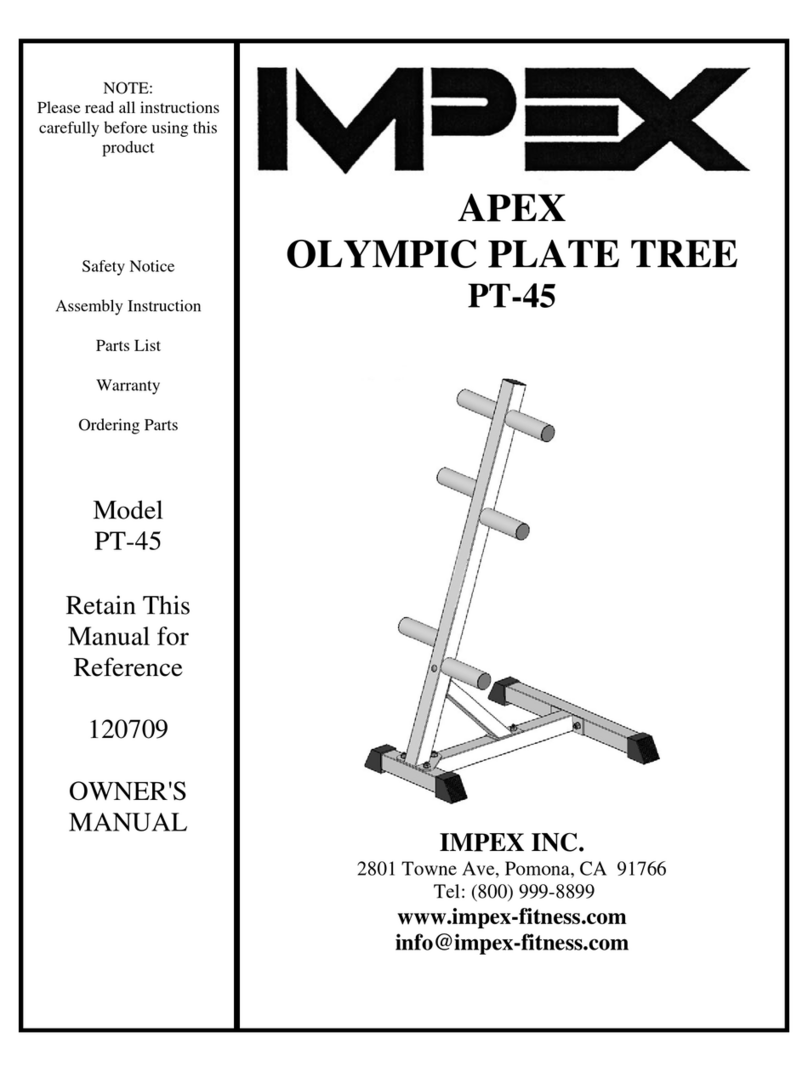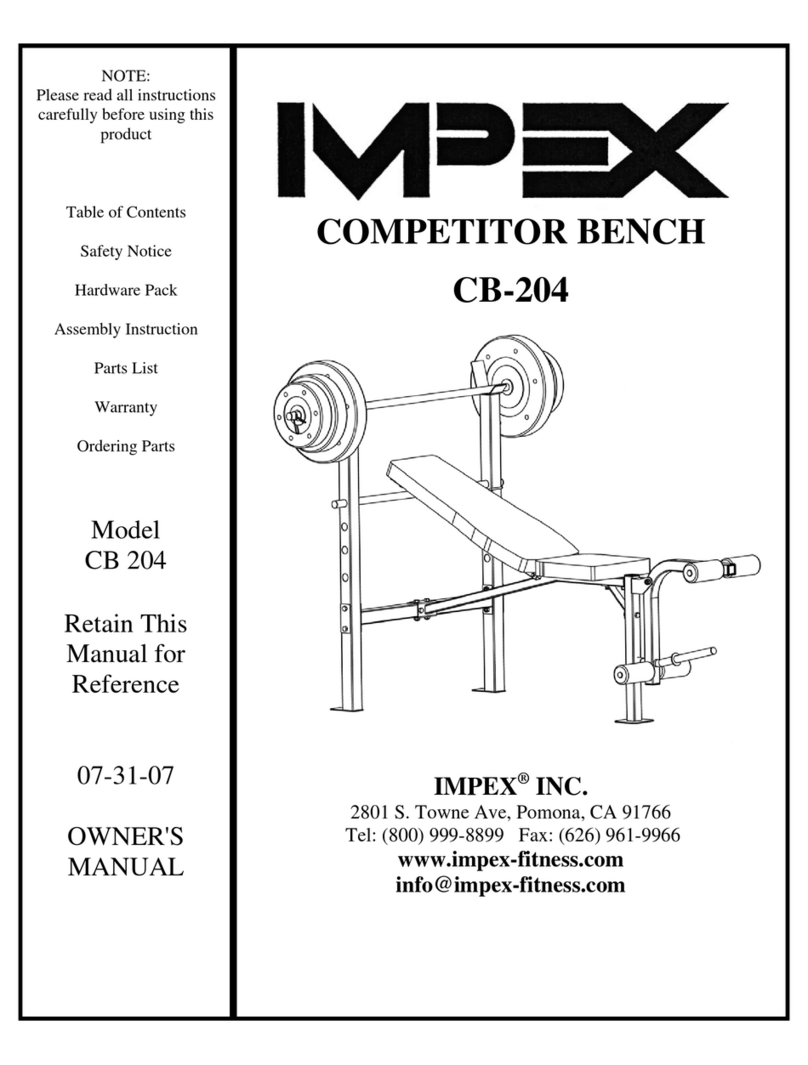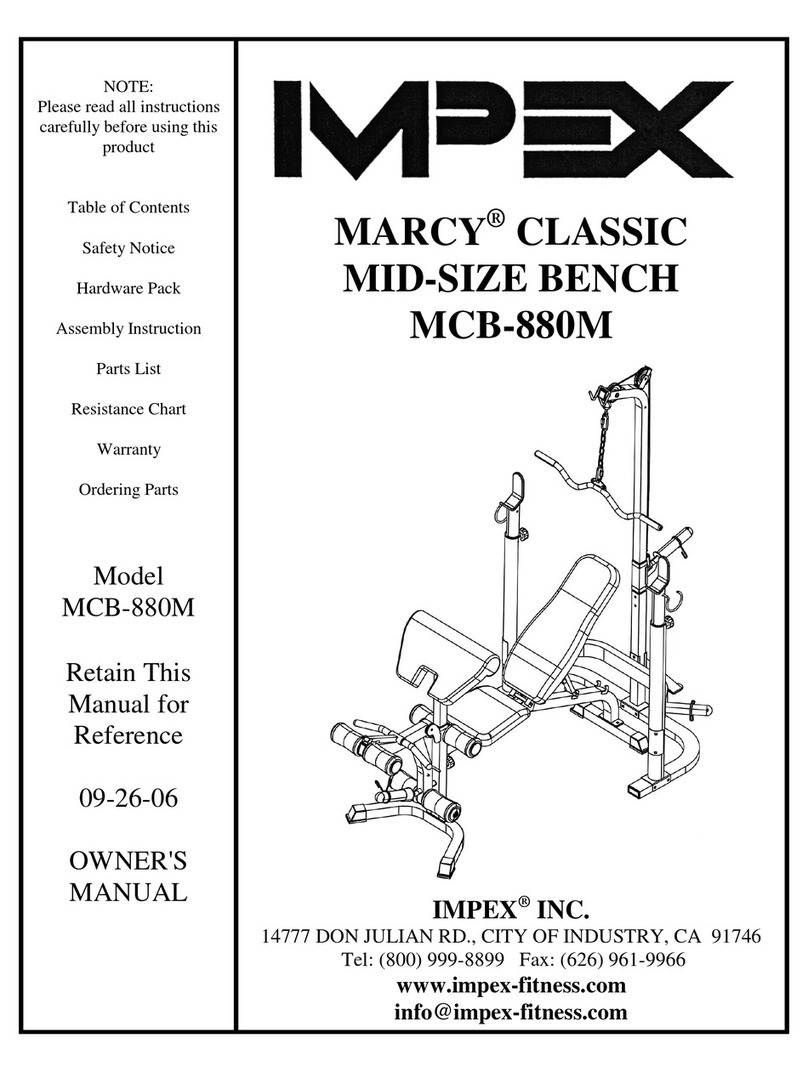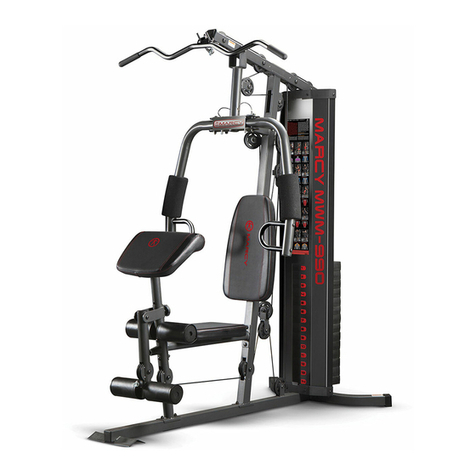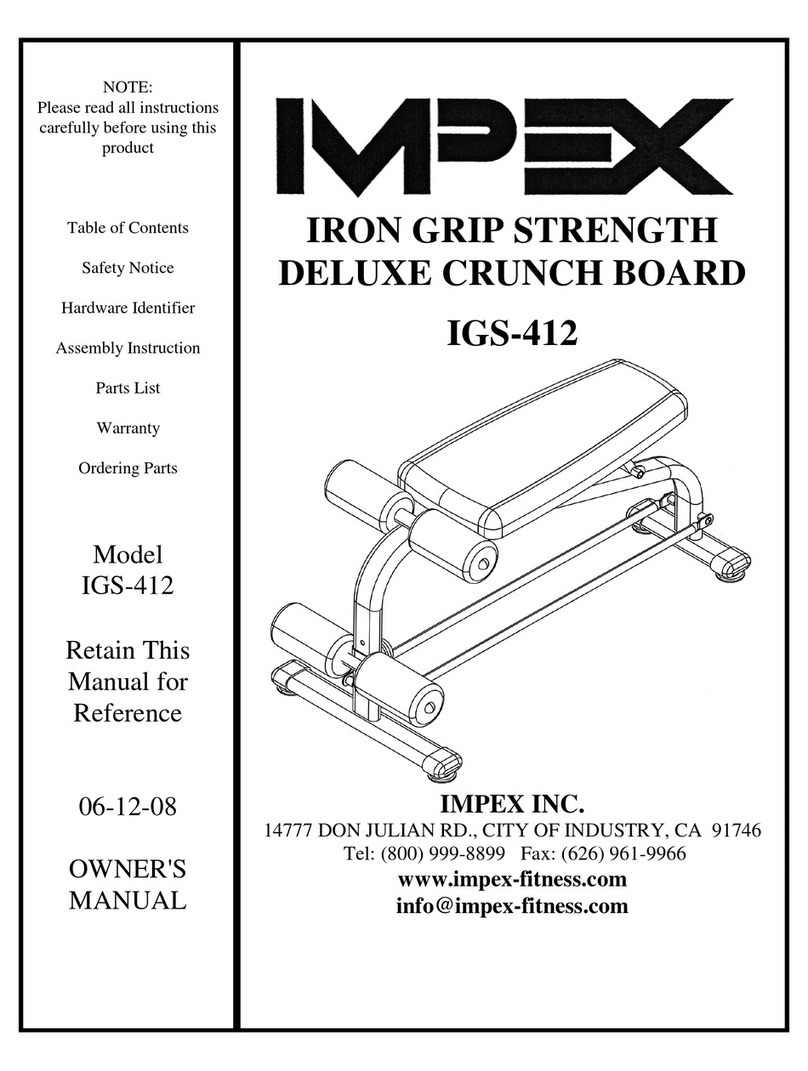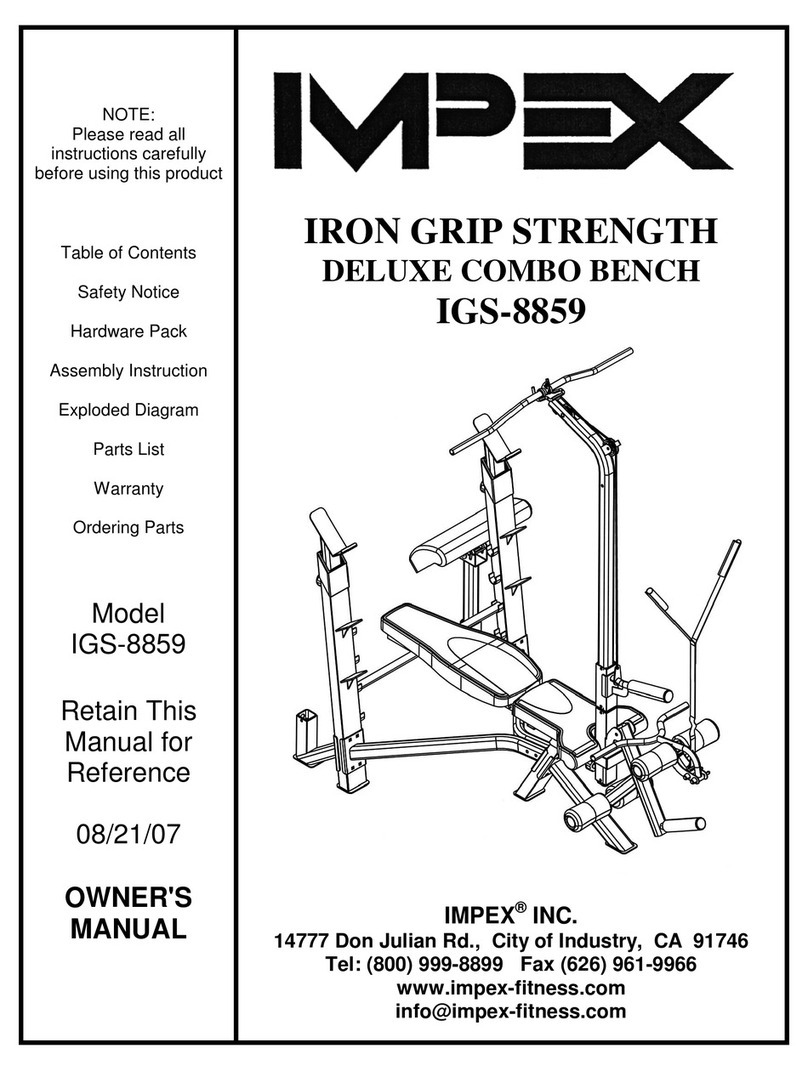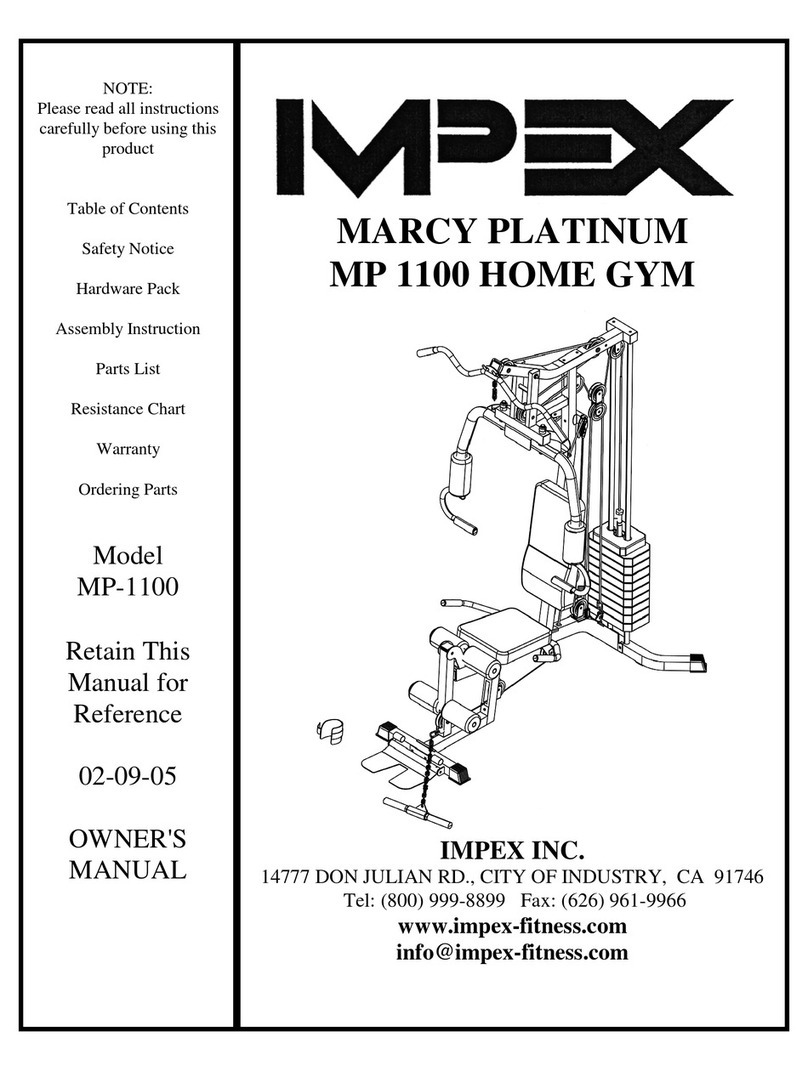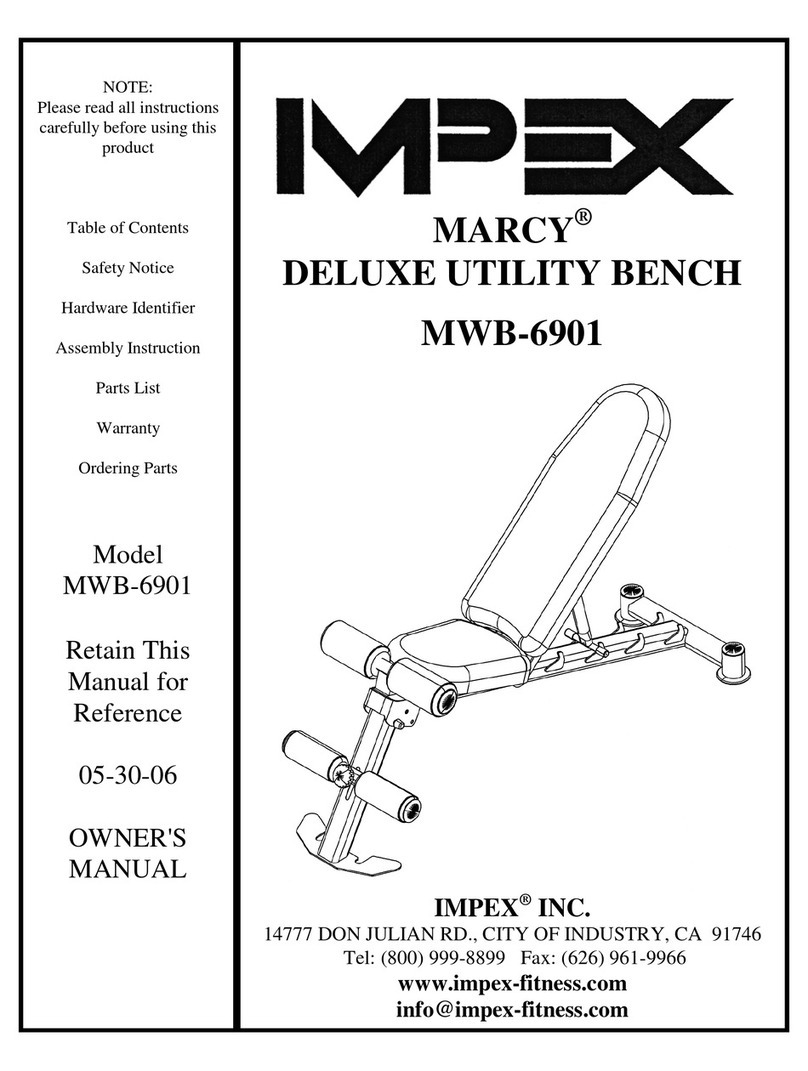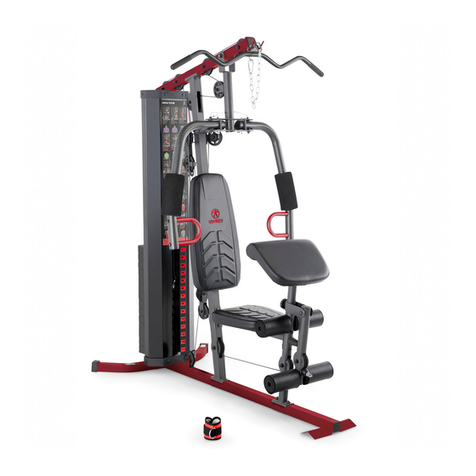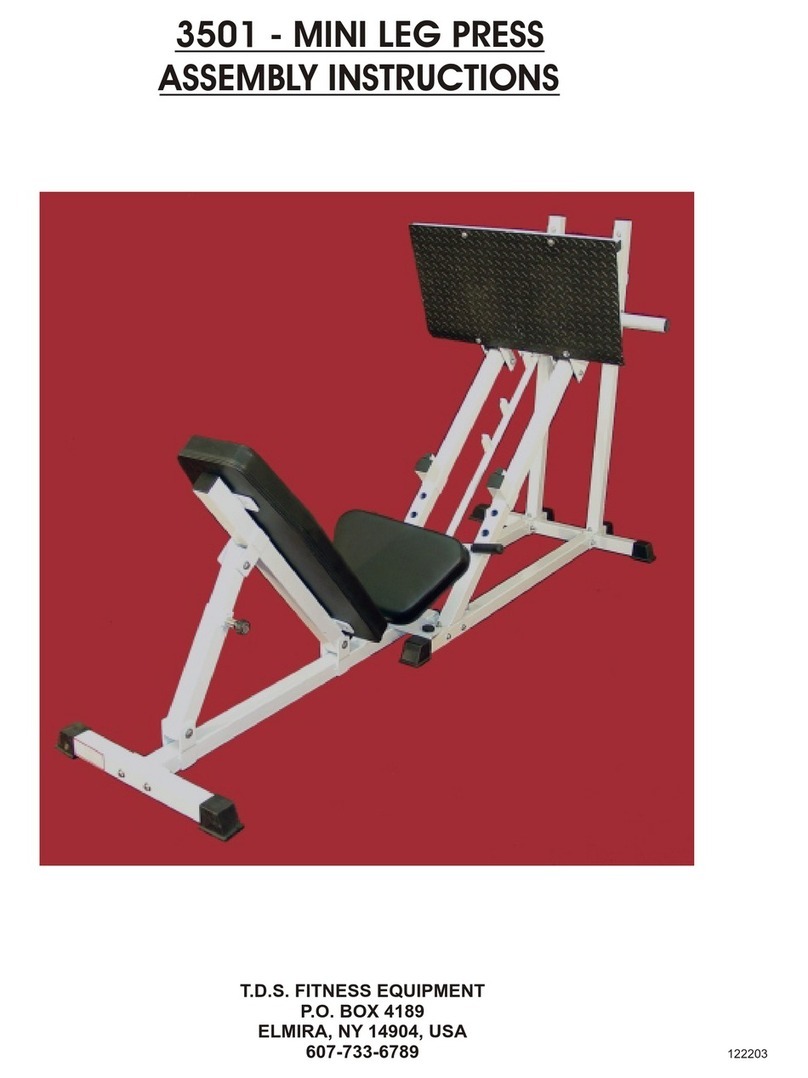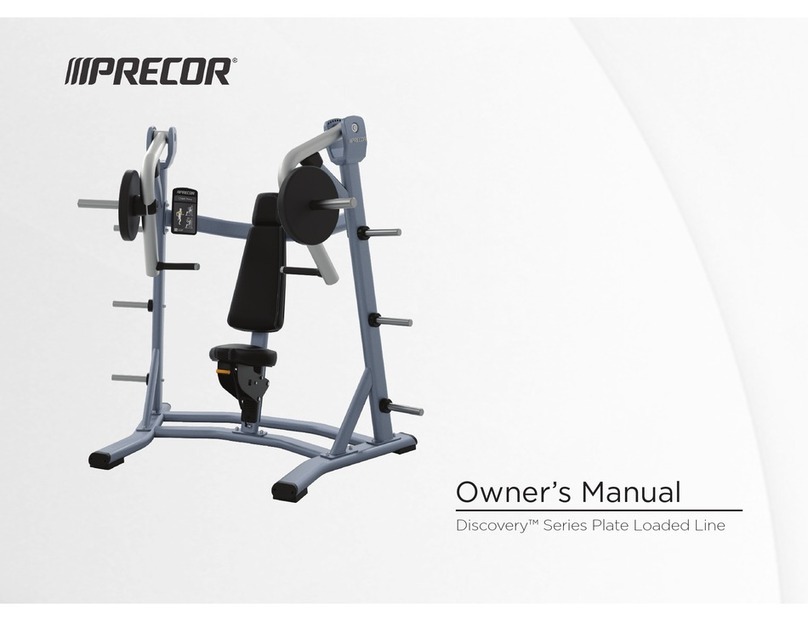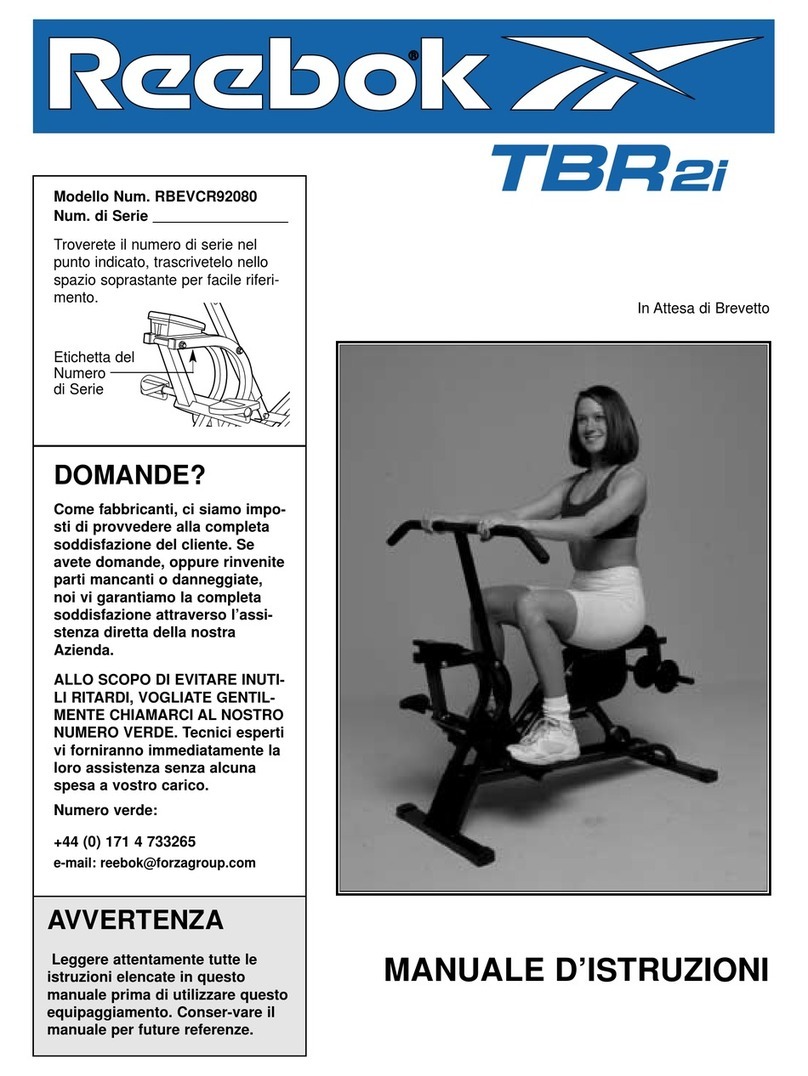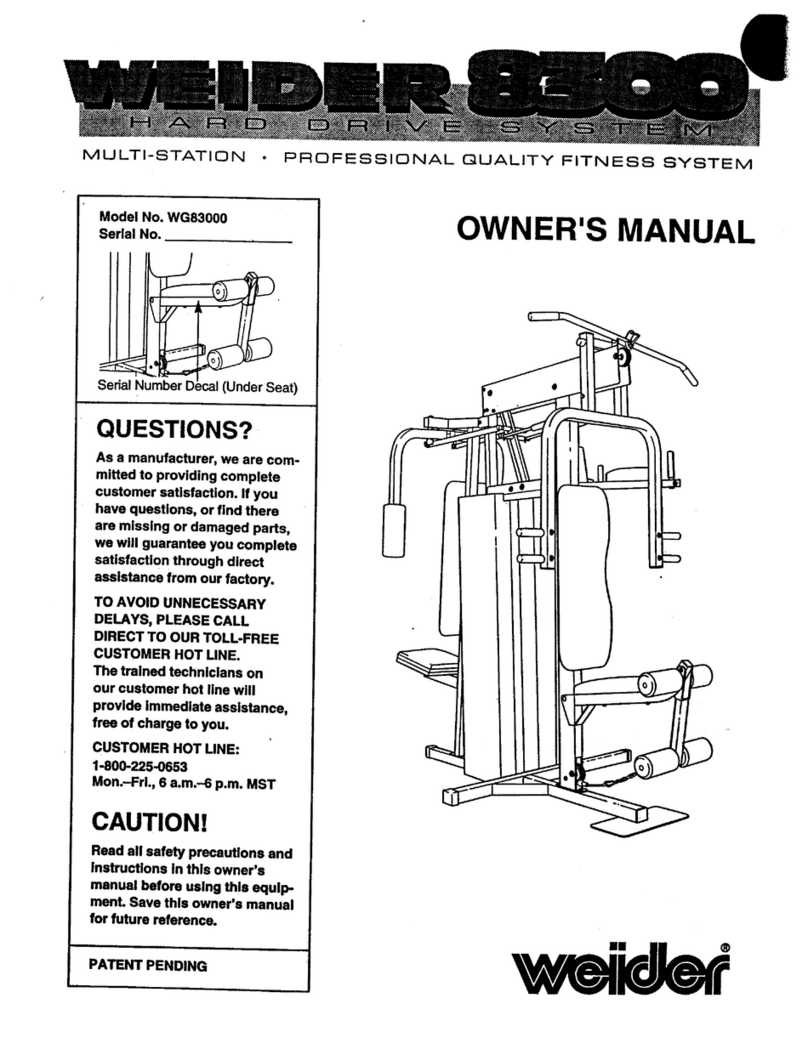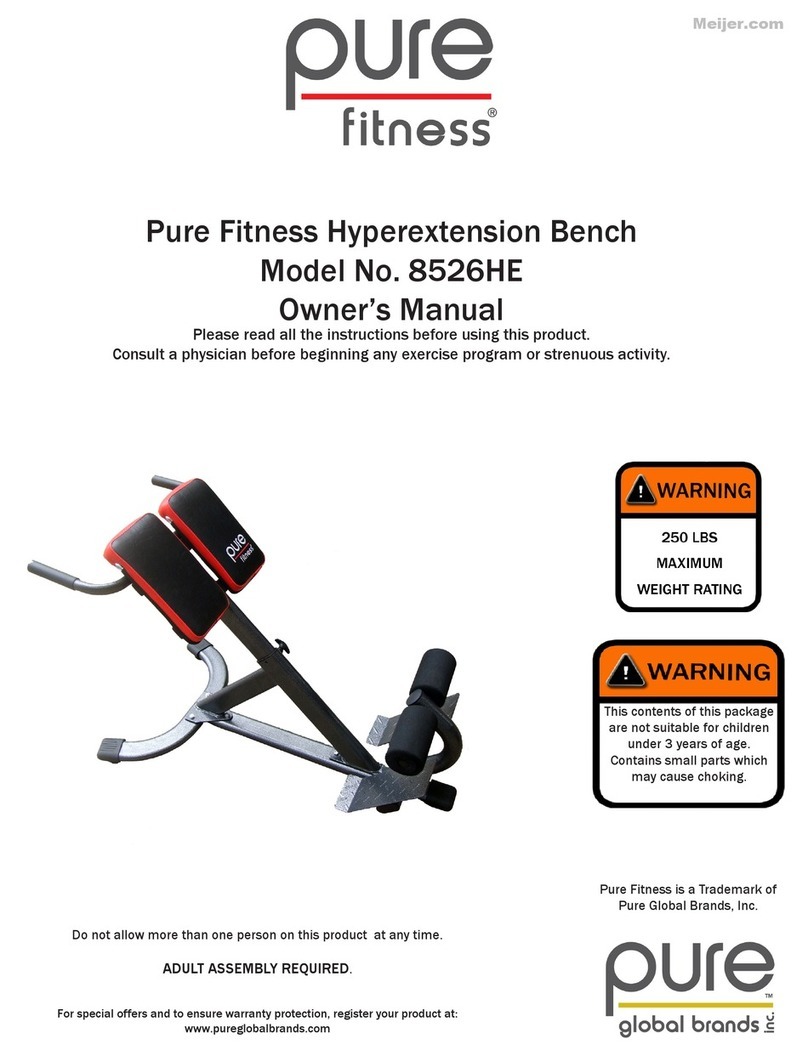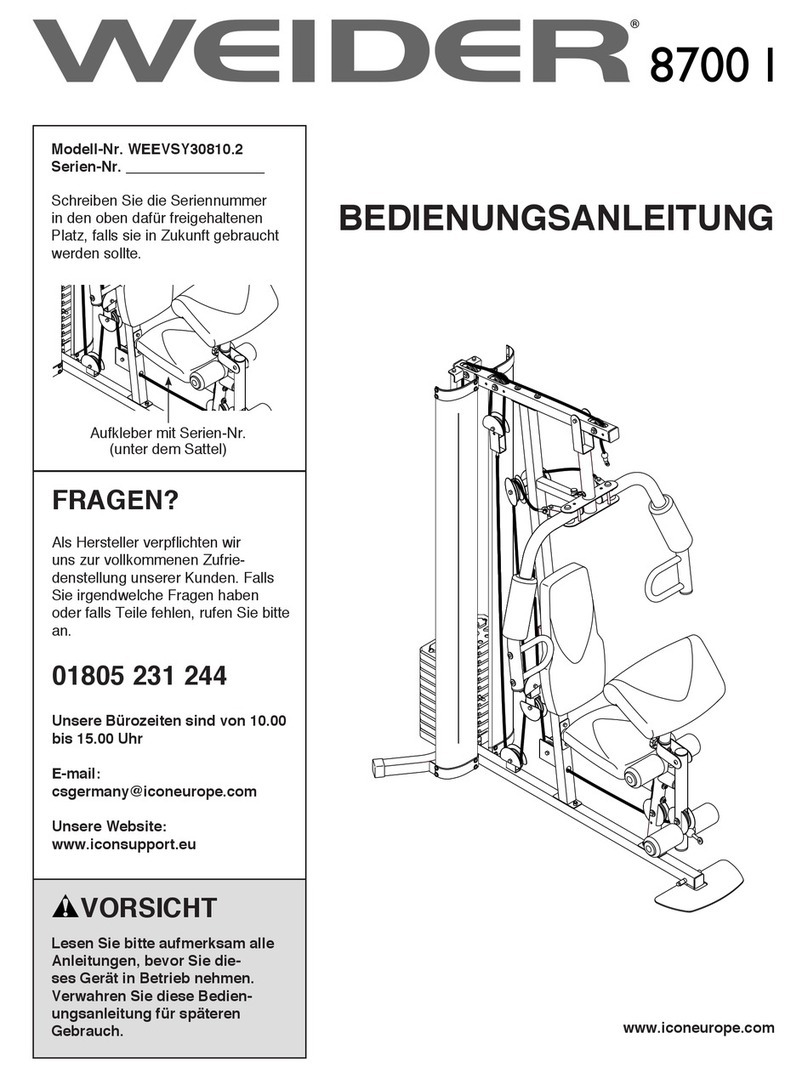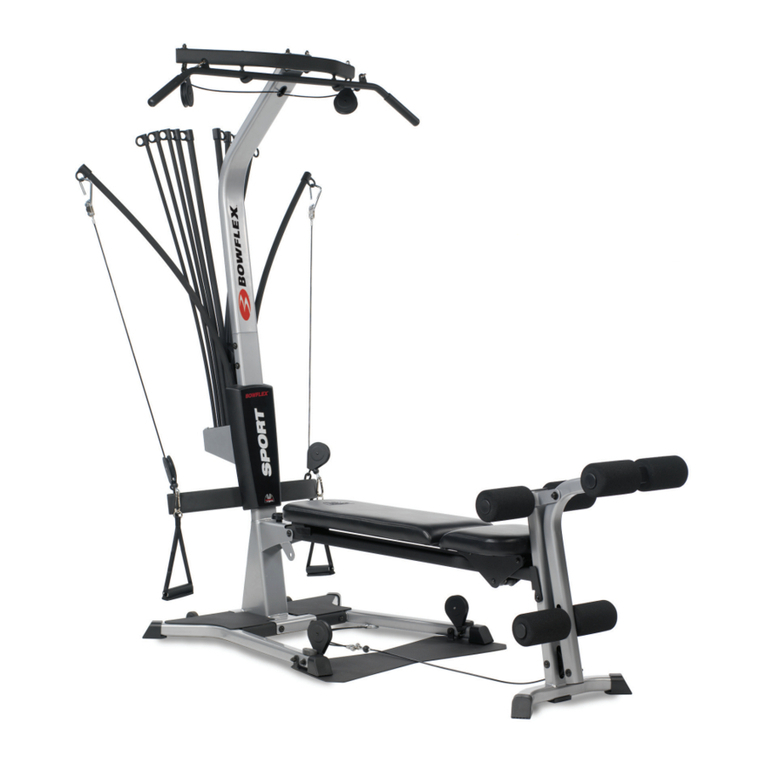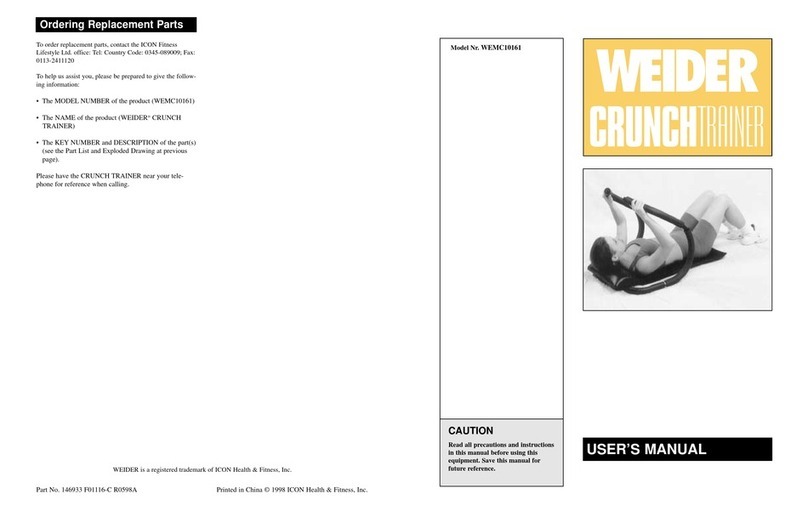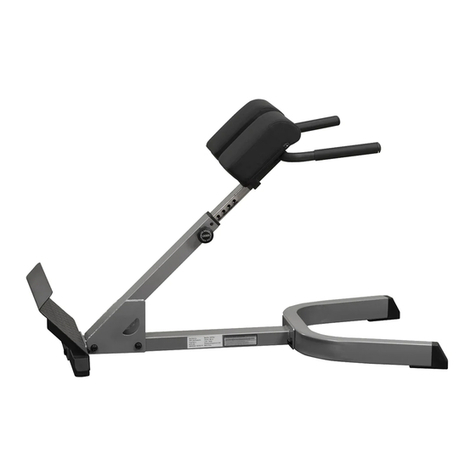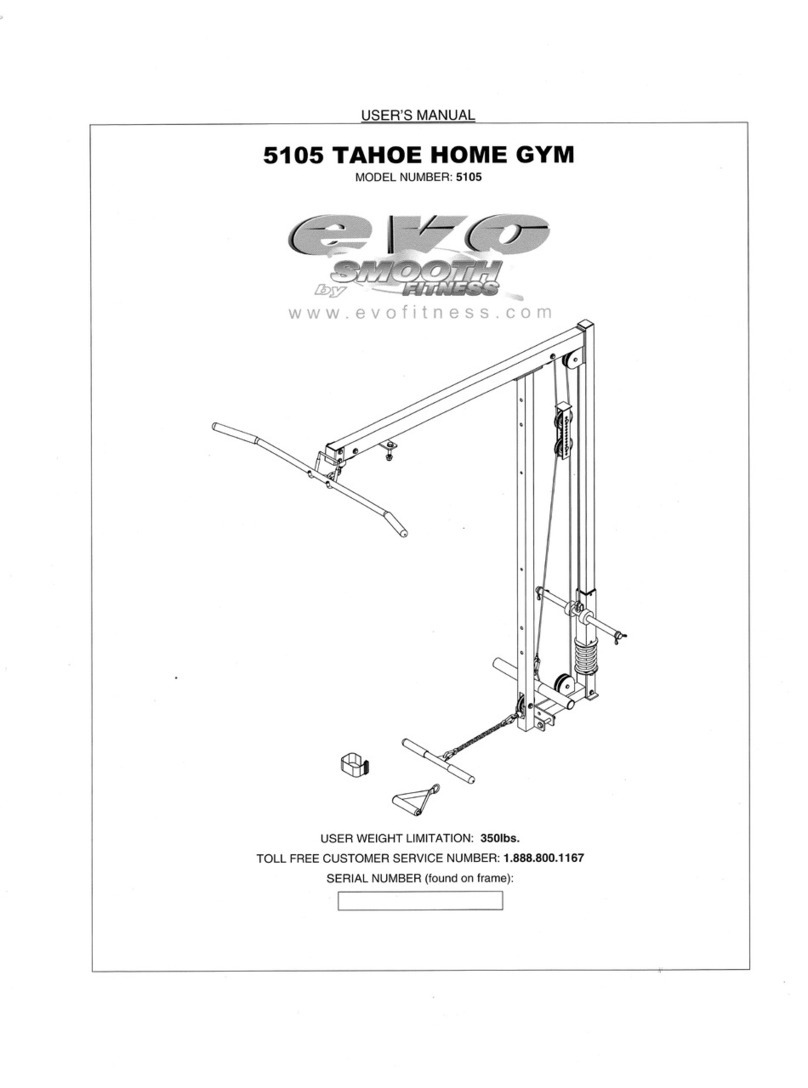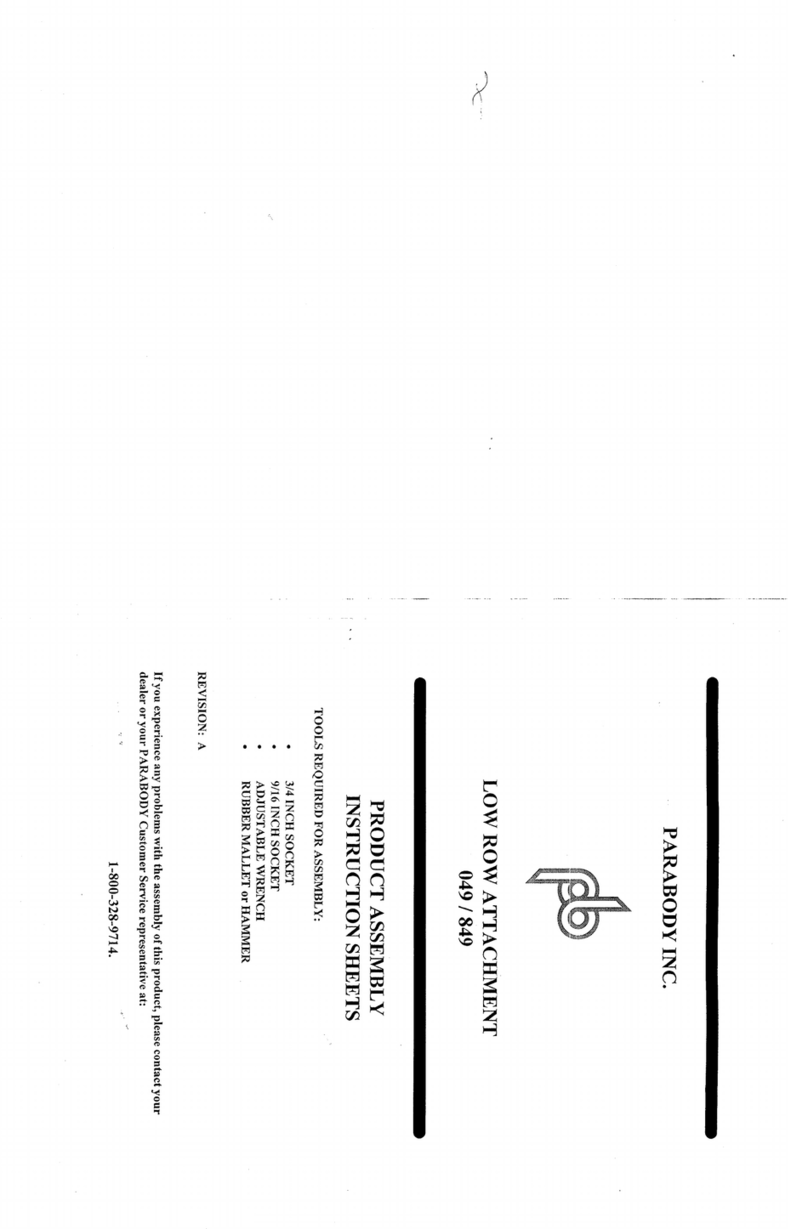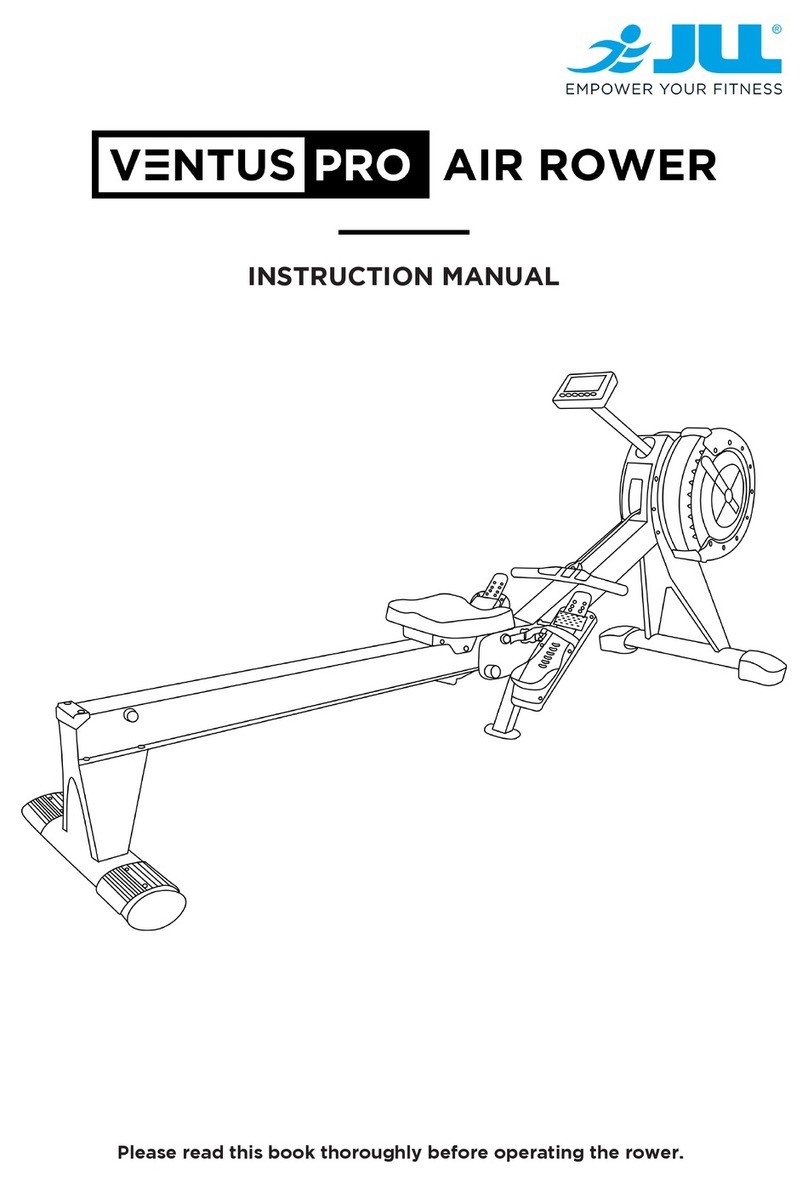United
States
Patent
US006685607B1
(12) (10)
Patent
N0.:
US
6,685,607
B1
Olson
(45)
Date
of
Patent:
Feb.
3,
2004
(54)
EXERCISE
DEVICE
WITH
RESISTANCE
5,685,810
A
11/1997
Chung
MECHANISM
HAVING
A
PIVOTING
ARM
5,776,040
A
7/1998
Webb
et
91
AND
A
RESISTANCE
MEMBER
OTHER
PUBLICATIONS
(75)
Inventor;
Michael
L,
Olson,
Logan,
UT
(US)
OWner’s
Manual
for
Impex
Fitness
Products,
Powerhouse
Home
Gym
WM
1400,
Revised
Jun.
30,
2000.
(73)
Assignee:
Icon
IP,
Inc.,
Logan,
UT
(US)
Website
page
of
Impex,
dated
Nov.
6,
2001.
Webiste
pages
(16
pp.)
for
Impex
dated
Dec.
11,
2001.
(
*
)
Notice:
Subject
to
any
disclaimer,
the
term
of
this
_ _ _ _
patent
is
extended
or
adjusted
under
35
Primary
Examwer—Nlcholas
D‘
Lucchesl
US'C'
154(k))
by
0
days'
Assistant
Examzner—L
Amerson
(74)
Attorney,
Agent,
or
Firm—Workman
Nydegger;
David
B.
D
b h
(21)
Appl.
N0.:
10/340,562
we“
ac
57
ABSTRACT
(22)
Filed:
Jan.
10,
2003
( )
7
An
exercise
device
is
con?gured
to
provide
adjustable
(51)
Int.
Cl.
..............................................
..
A63B
26/00
resistance
to
the
motion
of
a
user
exercising
With
the
(52)
US‘
Cl-
~~~~
~~
482/142;
482/148;
482/907;
exercise
device.
The
exercise
device
includes
a
frame
that
at
_
482/908
least
partially
supports
an
operable
assembly.
Cooperating
Fleld
of
Search
. . . . . . . . . . . . . . . . . . . . . . . . . . . . . . .
..
the
Operable
assembly
is
a
resistance
assembly
482/907,
908
provides
a
resistance
adjustable
by
the
user of
the
exercise
_
device.
The
resistance
assembly
includes
an
actuating
(56)
References
Clted
assembly
that
engages
With
a
pivoting
arm.
The
actuating
Us
PATENT
DOCUMENTS
assembly
includes
a
handle
mechanism
that
is
simple
to
operate
and
enables
a
user
to
easily
select a
desirable
4,275,882
A
6/1981
Grosser
et
91-
resistance
level.
A
connecting
member
of
the
actuating
474267077
A
1/1984
Becker
assembly
extends
from
the
handle
mechanism
to
a
resistance
4,540,171
A
9/1985
Clark
et
a1‘
member.
Movement
of
the
operable
assembly
moves
the
2
“K1986
Brf’wn
arm
toWard
a
?xed
end
of
the
resistance
member.
The
, ,
/1987
Minkow
. . .
4898
381
A
21990
Gordon
connectmg
member
temporarily
lengthens
the
resistance
4:974j838
A
12/1990
sollenberger
member,
While
the
resistance
member
inhibits'such
move
5’031’905
A
7/1991
Walsh
ment
and
provides
resistance
to
the
exercismg
user’s
5,316,534
A
5/1994
Dalebout
et
a1.
motion.
5,344,374
A
9/1994
Telle
5,527,245
A
6/1996
Dalebout
et
a1.
22
Claims, 12
Drawing
Sheets
